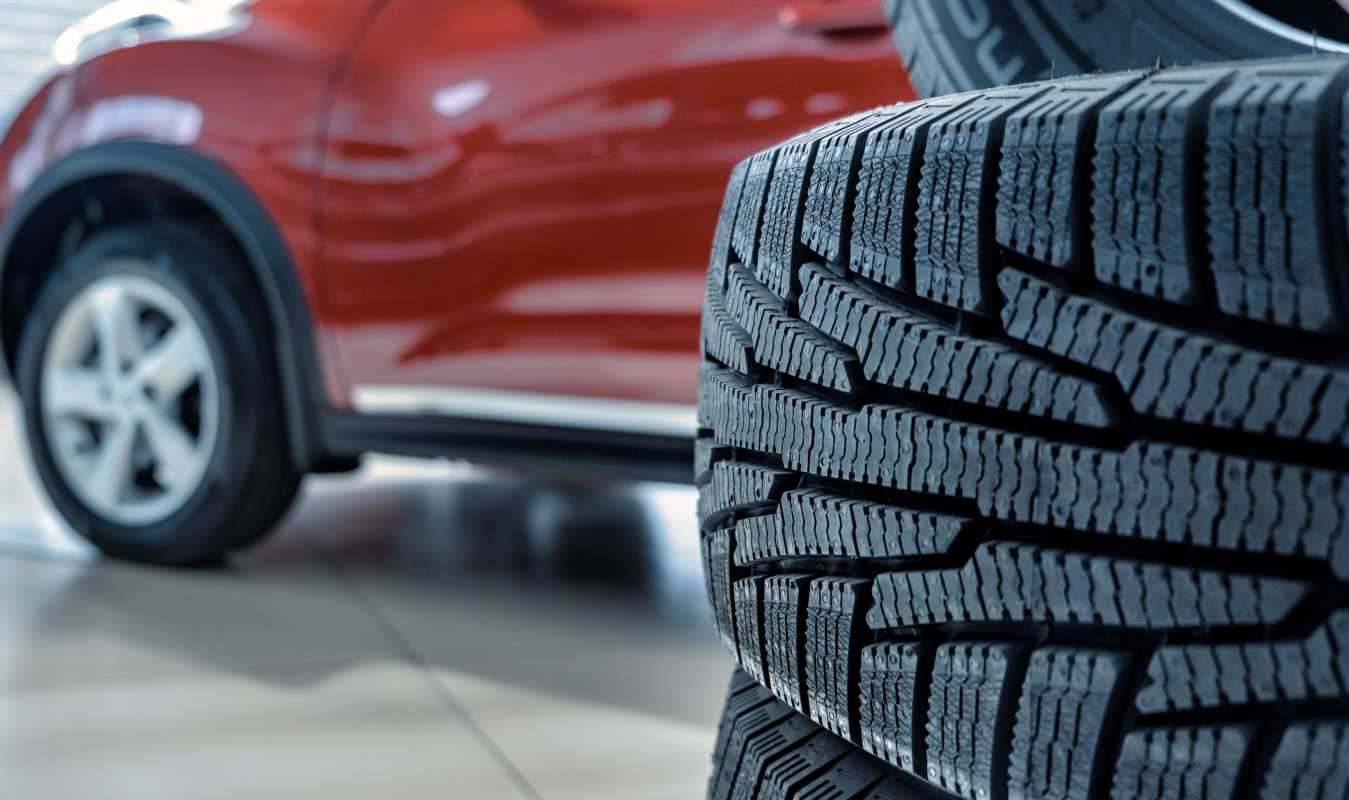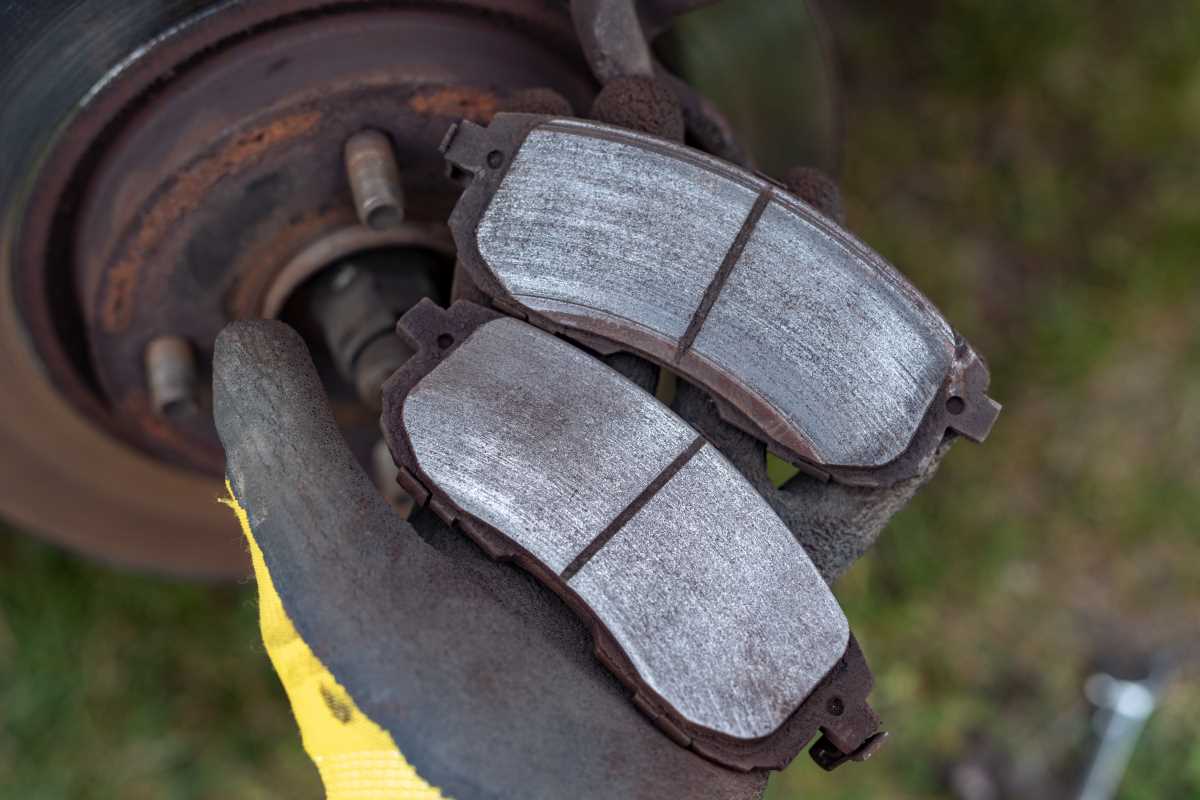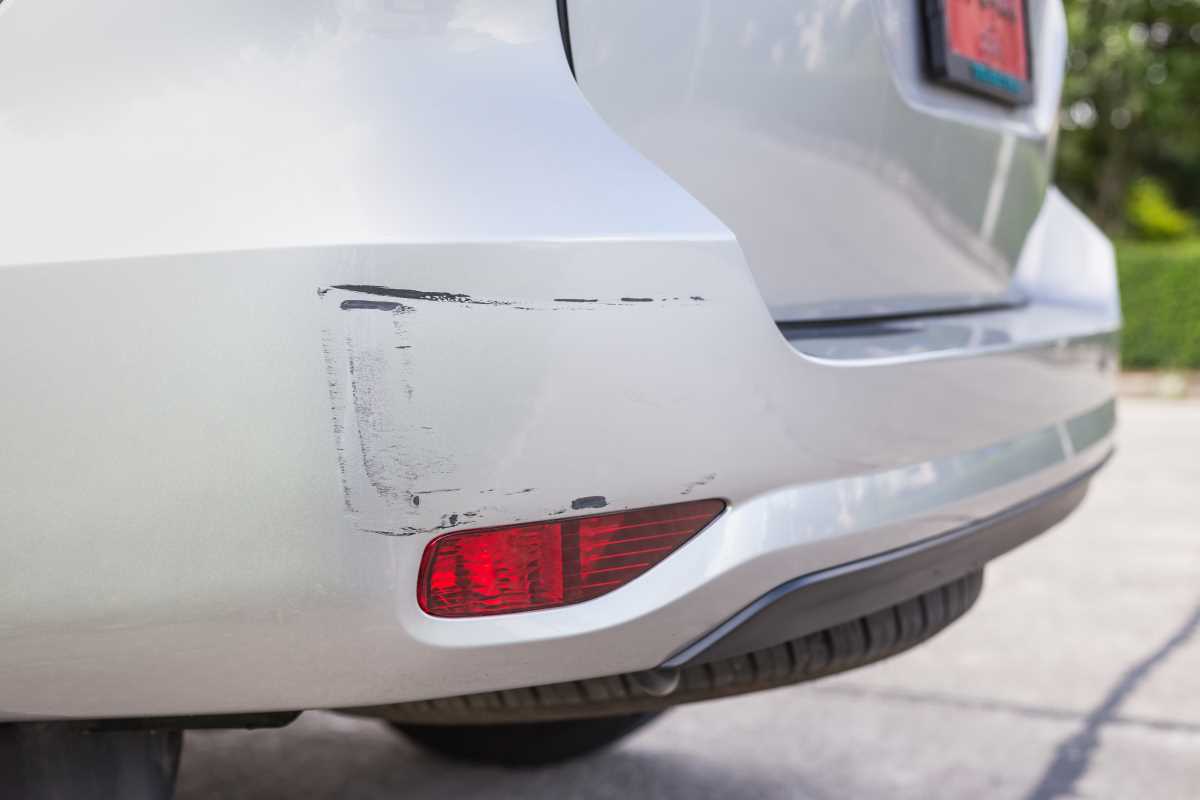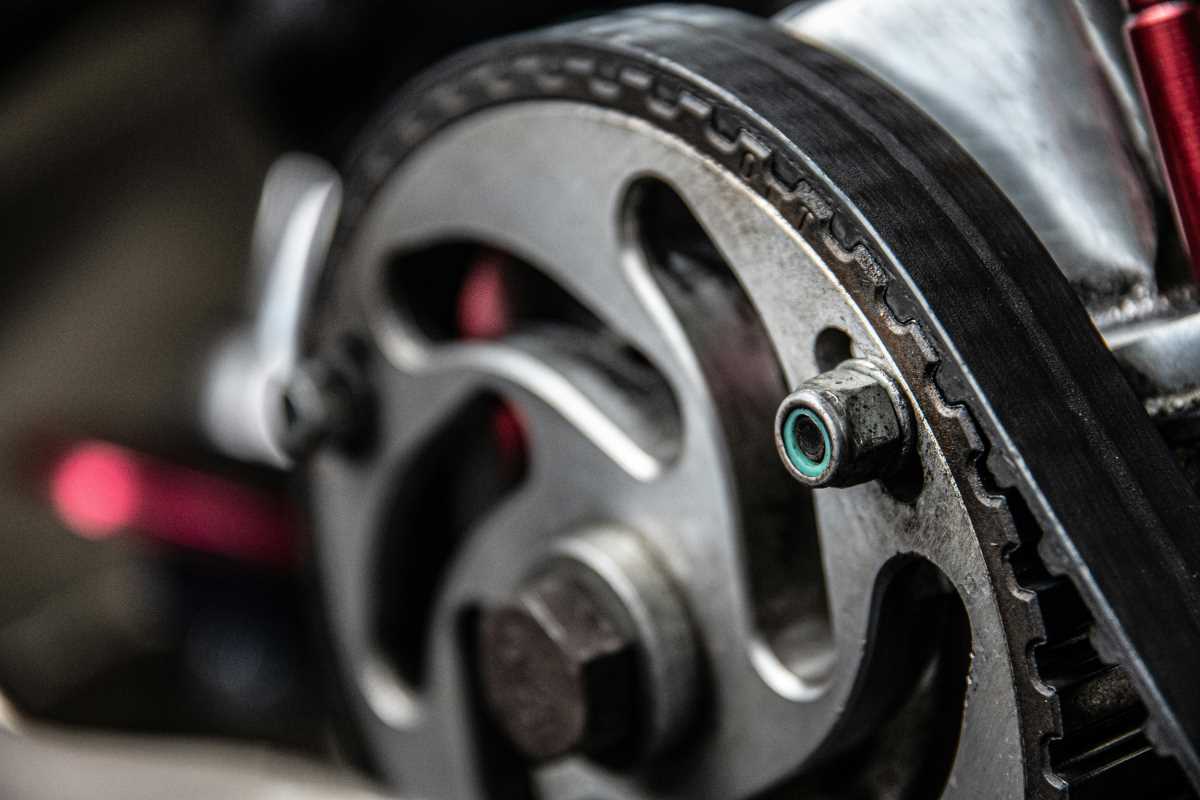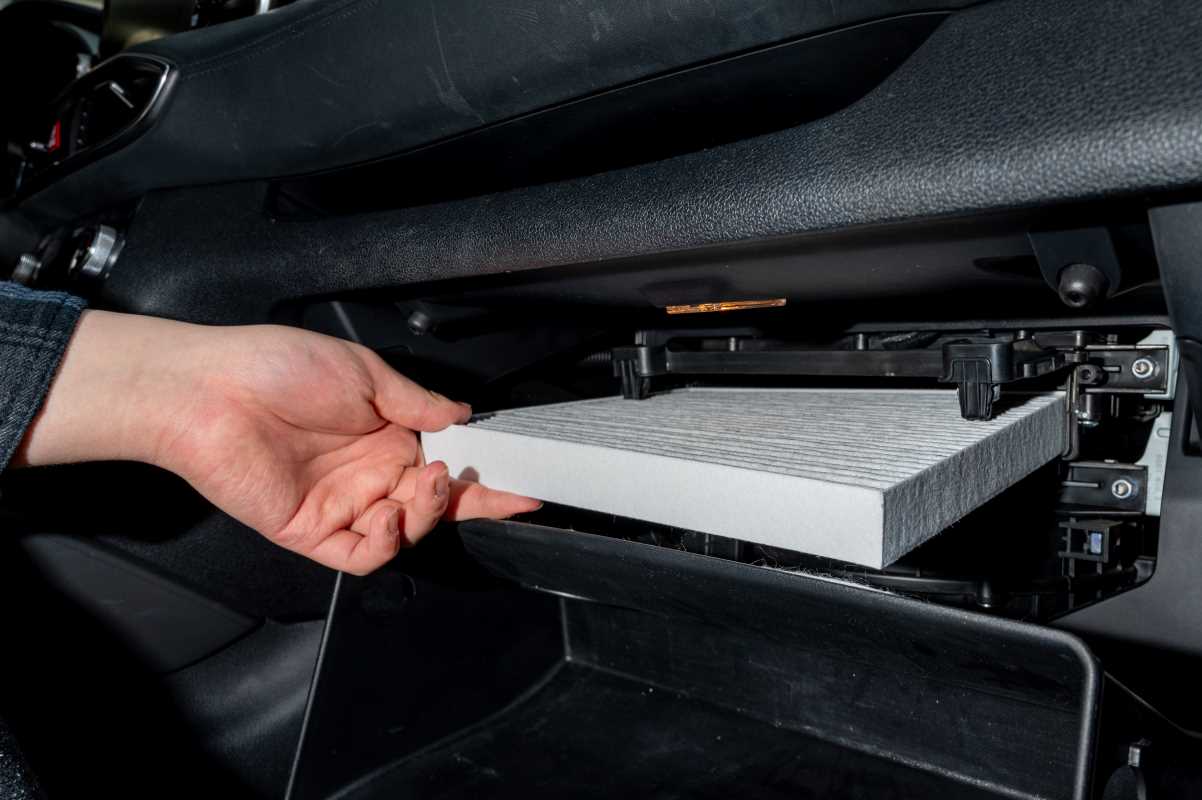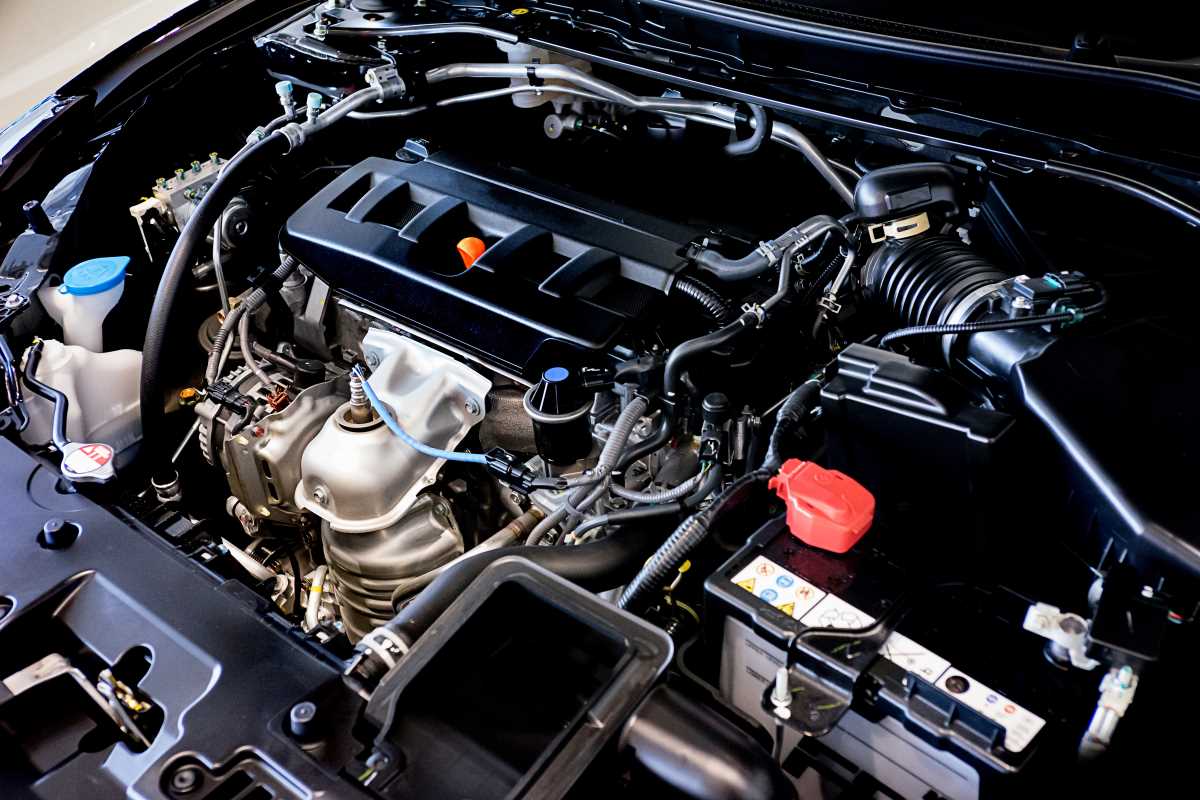Your car’s paint is more than just a color; it’s the first line of defense against the elements and a major factor in its value and your pride of ownership. A deep, glossy finish turns heads, but keeping it that way requires more than the occasional run through an automatic car wash. Every day, your paint is under attack from UV rays that cause fading, acidic bird droppings and tree sap that etch the clear coat, and road grime that acts like sandpaper. Neglecting your paint’s finish not only dulls its shine but also opens the door for rust to take hold. By developing a solid maintenance routine, you can protect your investment, maintain its resale value, and enjoy that brand-new look for years to come.
The Foundation: A Proper Wash Routine
The most fundamental part of paint care is washing your car correctly. First, never use dish soap. It's designed to strip grease, and it will strip the protective wax and sealants right off your paint. Instead, use a pH-balanced car wash soap. The professional’s secret is the two-bucket method: one bucket with soapy water and one with plain rinse water. Dip your soft wash mitt into the soap, wash a small section of the car (starting from the top and working your way down), and then rinse the dirty mitt in the plain water bucket before getting more soap. This simple step prevents you from dragging dirt and grit all over your paint. Always wash in the shade and dry the car immediately with plush microfiber towels to prevent water spots.
Decontamination: Removing What a Wash Leaves Behind
Even after a thorough wash, your paint can still feel rough to the touch. This is from bonded contaminants like industrial fallout, rail dust, and road tar that have embedded themselves in the clear coat. To remove these, you can use a chemical iron remover spray, which turns purple as it dissolves tiny iron particles. The next step is using a detailing clay bar or clay mitt. With a lubricant spray, you gently glide the clay over the paint's surface, and it will safely pull out the remaining embedded grime, leaving the paint incredibly smooth and ready for polishing and protection.
Polishing for a Perfect, Swirl-Free Finish
Over time, tiny scratches and swirl marks accumulate from improper washing and daily wear, dulling your paint’s finish. Polishing is the process of using a very fine abrasive to level the clear coat and remove these imperfections, restoring a deep gloss. While professionals often use rotary polishers, a dual-action (DA) polisher is a much safer tool for beginners and can produce amazing results. You can also polish by hand, though it requires more effort. Before you start, mask off any black plastic or rubber trim to prevent staining. The goal is to gently refine the surface, not remove a lot of paint.
Protection: Wax, Sealants, and Ceramic Coatings
Once your paint is clean and polished, you must protect it. This is where wax, sealants, and ceramic coatings come in. Carnauba wax offers a warm, deep glow but typically only lasts for a few months. A synthetic paint sealant provides a sharper, more reflective shine and can last anywhere from six to twelve months. The ultimate in protection is a ceramic coating. This liquid polymer forms a hard, chemical-resistant layer that can last for several years, offering incredible gloss, water beading, and easier cleaning. While more expensive and intensive to apply, a ceramic coating provides the best long-term defense for your paint.
Daily Habits and Quick Maintenance
How you treat your car day-to-day plays a huge role in its appearance. Avoid automatic car washes with spinning brushes, as they are notorious for creating swirl marks. Park in the shade whenever possible to protect your paint from damaging UV rays. One of the most critical habits is to remove bird droppings, bug splatter, and tree sap as soon as you spot them. Their acidic nature can quickly etch into your clear coat, causing permanent damage. Keep a bottle of quick detailer spray and a clean microfiber towel in your car for these emergency cleanups.
Handling Chips and Scratches
No matter how careful you are, stone chips are inevitable. A small chip might seem minor, but it's a breach in your paint's armor that can let water in and allow rust to start. You can easily fix these yourself with a touch-up paint pen from your dealership. Carefully clean the chip, apply a tiny amount of paint to fill it, and let it dry. This simple five-minute fix can prevent a costly rust repair down the road. Deeper scratches that go through the clear coat and color are best left to a professional body shop.

